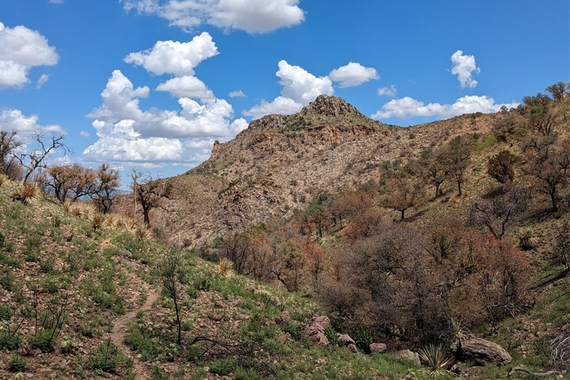Reimagined Futures: The Transformative Power of Knowledge
Having grown up in Indonesia during the 32-year Suharto dictatorship—widely considered one of the most brutal and corrupt dictatorships of the 20th century—Associate Professor Rachmi Diyah Larasati is well acquainted with all meanings of the word scarcity: scarcity of food, of freedom of thought, of access to knowledge, even of what she calls “liberation of thought.” These concepts continue to influence and inspire her work today and persist as a reminder of who she is and where she came from.
Today, Larasati teaches and serves as the director of graduate studies in the Department of Gender, Women & Sexuality Studies (GWSS) at the University of Minnesota. Here she found a place where her ideas and interests were supported, a place where she felt safe in pursuing her own goals. “A lot of [the department’s] research and public engagement center on liberation of thought and protection of differences,” she explains.
And Larasati’s work is no exception. She’s found a remarkable way to apply the “GWSS vision in transnationalism and social justice” to give back to her home community, thus “bridging theory and its praxis.”
The Arts as a Gateway to Gender Education
From the age of five, Larasati had a passion for dance, a family tradition that “served as a core bond among villagers.” As an inquisitive child, it didn’t take her long to realize how tightly controlled access to knowledge was in her community. Her questions about the world around her were often left unanswered: “Questions of belonging, identity, why certain knowledge is not disseminated,” she recalls. “I came from the situation where school was not able to answer many of my questions.”
Her biggest fear was the uncertainty of the future—but in dance she found a form of resilience. Through it, she later found a way to foster change and possibility in her community.
Larasati received the Asian Cultural Council Award (John D. Rockefeller III), Ford Foundation, and American Association of University Women in recognition of her significant contributions to the international understanding of the performing arts of Asia. Following this, she found herself at the University of Minnesota where her pursuit for knowledge continued.
Despite settling down in Minnesota, Larasati never wasted an opportunity to visit her home in Indonesia. Whenever she went back, the children of her village would flock to her with all kinds of questions. One stood out: could she teach them to dance? Finding herself on the opposite side of the conversations she’d had as a child, she recognized an opportunity to foster children’s natural curiosity rather than extinguish or suppress it. Larasati combined dance with her knowledge of topics ranging from gender and social justice to ecology and the environment.
Relying primarily on her own funds and determination, she founded a center of cultural education for young children in Indonesia, where she teaches every summer. Larasati invites the children to think critically about the world around them and connect this understanding to dance, engaging with it by creating their own meaningful choreographies and interpretations.

Using dance as a learning tool, she aims to help the children take control of their lives and “engage the possibility of life”—ultimately, to reimagine their futures within the scarcity and instability that surrounds them. The center also serves as a meeting place for adult women where they can come together to commemorate special occasions and engage in meaningful conversation about topics ranging from sustainable food production to safeguarding land from degradation. It serves “as a cornerstone for preserving knowledge of nature and the environment.”
Being the Change
What motivates this labor of love? “I want to give back to my community,” Larasati says. This work aims to provide children with some form of stability and awareness of the world around them through the dispersion of knowledge. It illustrates how one person can truly become the change they want to see in the world. Recalling her original goal of helping children to reimagine their futures, she says. “I wondered if the uncertainty of the future that I grew up with could be replaced with this kind of environment.”
This story was written by Regina Ramos-Francia Ylizaliturri, an undergraduate student in CLA.


